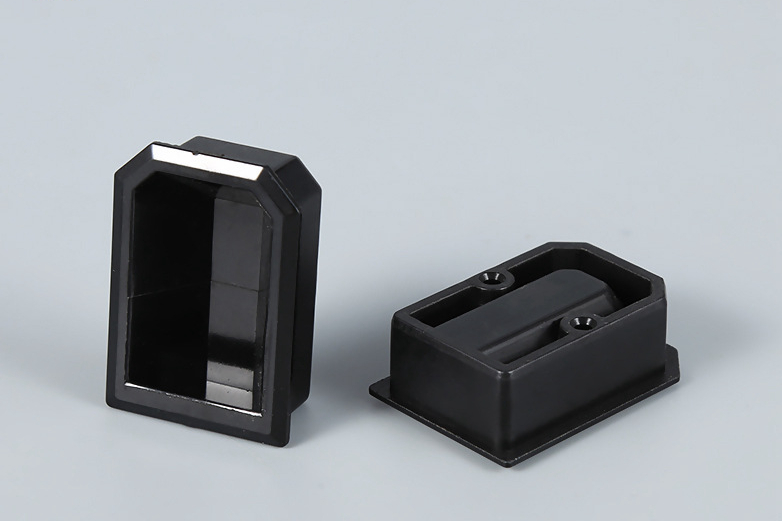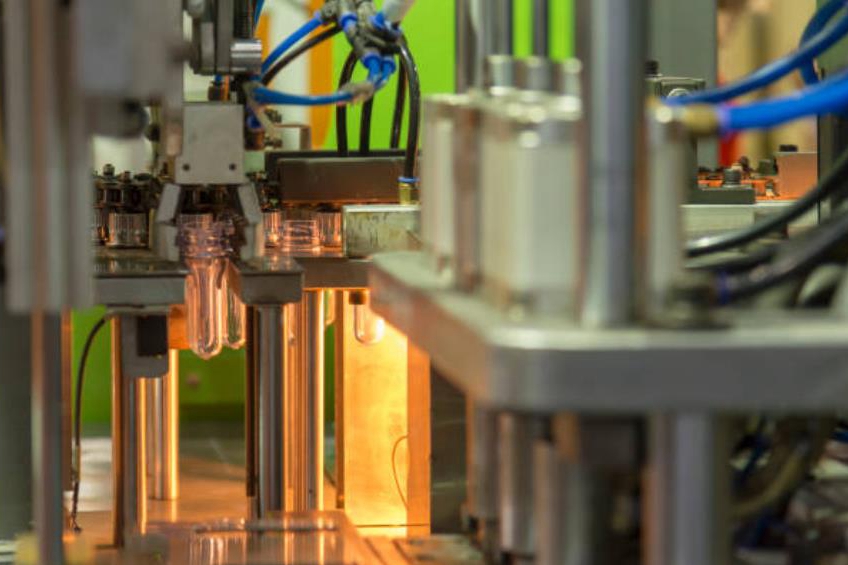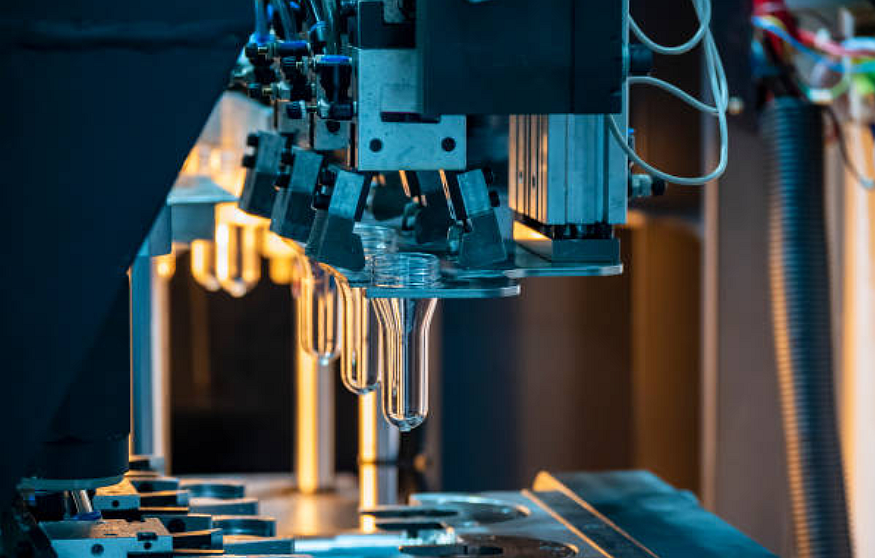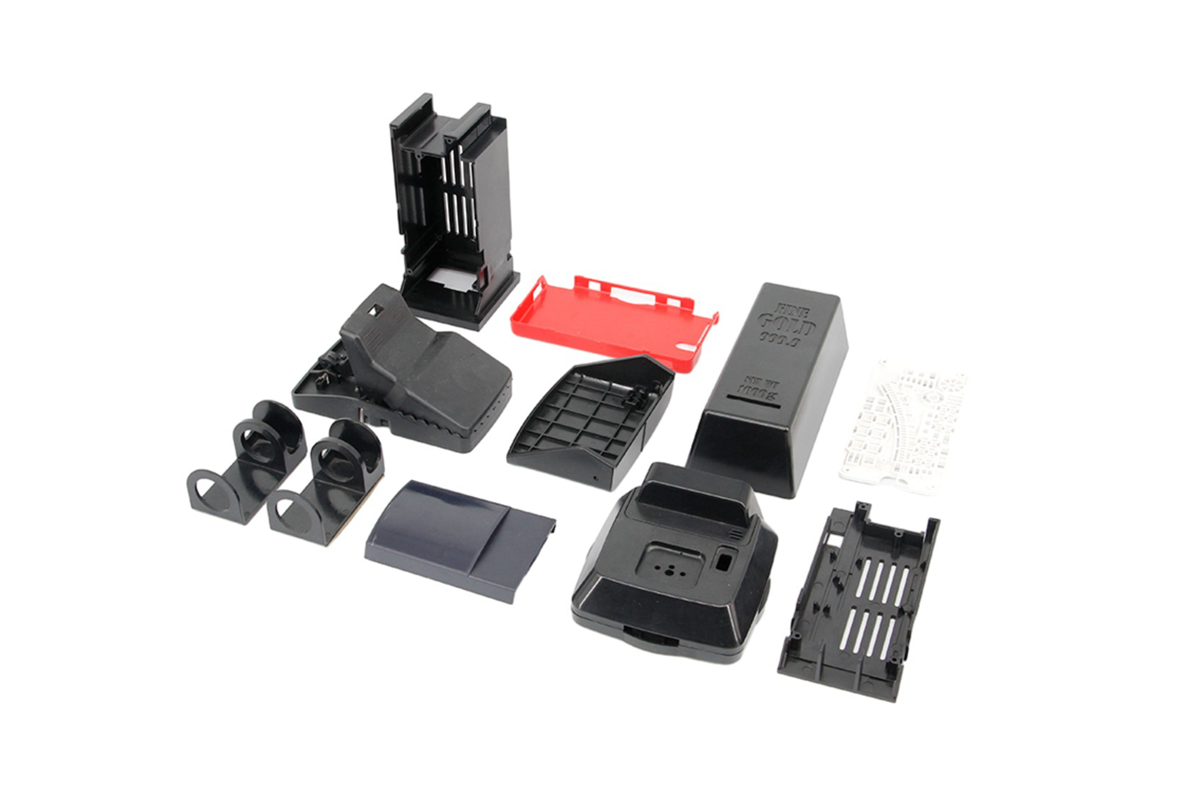What Is Thermosetting Plastics In Injection Molding Manufacturing?
Injection molding is a cornerstone technique in manufacturing, renowned for its efficiency and versatility in producing detailed, complex parts. Central to this process are the materials employed, each chosen for their unique properties and contributions to the final product. Among these materials, thermosetting plastics hold a special place due to their distinct characteristics and the specific advantages in the injection molding process.
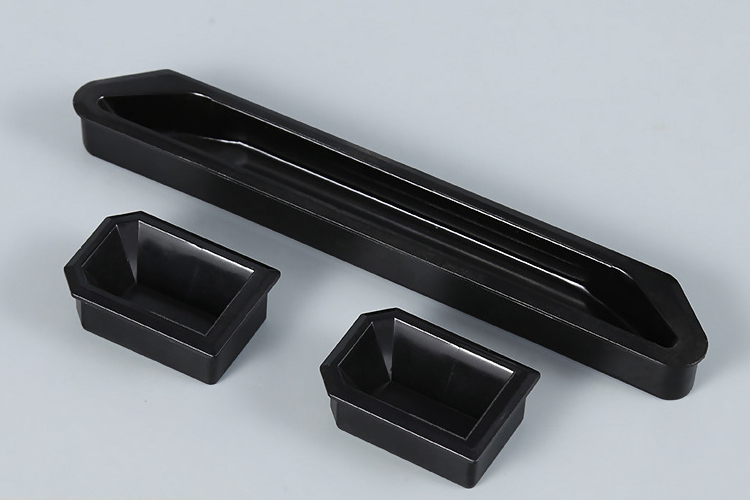
Understanding Thermosetting Plastics
Definition of Thermosetting Plastics Thermosetting plastics, also known as thermosets, are polymers that irreversibly cure or set into a hardened form when heated. This curing process, called cross-linking, involves a chemical reaction that forms bonds between polymer chains. Once cured, thermosets become rigid and retain shape even when exposed to high temperatures.
Chemical Composition and Characteristics The backbone of thermosetting plastics is formed from epoxy, phenolic, and polyester resins. These materials are initially in a soft or liquid state, which allows for easy molding. The transformation occurs under heat and pressure, forming a tightly cross-linked polymer structure. This structure is highly resistant to heat, chemicals, and creep under mechanical stress, making thermosets uniquely durable compared to other plastics.
Differences from Thermoplastics Unlike thermoplastics, which soften upon heating and harden upon cooling—a reversible process—thermosetting plastics do not melt or soften once they have been cured. This characteristic is crucial for applications requiring materials that withstand high temperatures without deforming. Additionally, thermosets generally offer superior mechanical properties, chemical resistance, and structural integrity but lack the recyclability of thermoplastics due to their cross-linked nature.
The Injection Molding Process with Thermosetting Plastics
Description of the Injection Molding Process Tailored for Thermosetting Plastics The injection molding process for thermosetting plastics begins similarly to that of thermoplastics, with the plastic being fed into the machine, typically in the form of granules or preforms. However, the process diverges due to the unique properties of thermosetting plastics. The granules are fed into a heated barrel, melting under controlled conditions to prevent premature curing.
Key Stages: Feeding, Heating, Molding, and Curing
Feeding: The raw thermoset plastic in granular or powder form is loaded into the injection molding machine's hopper.
Heating: Unlike thermoplastics, the material is only heated to a point where it becomes malleable but not entirely liquid, maintaining a dense state to facilitate flow into the mold.
Molding: The heated material is then injected into a cold mold. This stage is critical as the mold's temperature is kept lower to avoid initiating the curing process before the material fully conforms to the mold's geometry.
Curing: Once the material fills the mold, the curing process is triggered by further heating or by a chemical catalyst within the mold. This curing process cross-links the polymer chains, causing the material to harden into its final, durable form.
Importance of Temperature Control and Pressure in the Process Temperature control is pivotal in the injection molding of thermosetting plastics. The material must be kept below its curing temperature during initial heating and injection to ensure complete mold filling without premature curing. After injection, the temperature is carefully increased to initiate and control the curing process. Pressure is equally crucial; it ensures the material fills the entire mold and maintains contact with the mold surfaces, influencing the precision and quality of the final product.
Advantages of Using Thermosetting Plastics in Injection Molding
Enhanced Material Strength and Durability Thermosetting plastics are celebrated for their superior mechanical strength and structural integrity. Once cured, these plastics form a rigid, cross-linked structure that provides excellent resistance to impact, heat, and chemical attack. It makes them ideal for applications where long-lasting durability is essential, such as in automotive components, industrial machines, and electrical housings.
Resistance to High Temperatures and Chemicals One of the defining features of thermosetting plastics is their ability to withstand high temperatures without losing shape or functionality. Unlike thermoplastics, which may soften or melt under extreme heat, thermosets maintain their form and performance, making them indispensable in high-heat applications like under-the-hood automotive parts and aerospace components. Their chemical resistance makes them suitable for harsh chemical environments, such as fuel systems and chemical processing plants.
Ability to Maintain Structural Integrity in Various Environments Thermosetting plastics are resistant to heat, chemicals, and electricity, making them excellent insulators. This property is crucial in the electronics industry, where safety and functionality depend on the material's ability to resist electrical currents. Furthermore, their dimensional stability ensures they do not expand or contract significantly with temperature changes, which is critical for maintaining tight tolerances in precision engineering applications.
Applications of Thermosetting Plastics in Various Industries
Automotive: Parts that Require High Heat Resistance In the automotive industry, thermosetting plastics are extensively used for components that must withstand high temperatures and mechanical stress. Examples include under-hood components such as valve covers, ignition caps, and electrical insulators. These materials are chosen for their ability to maintain structural integrity and performance under the severe thermal conditions of an operating vehicle.
Electrical: Components that Need Electrical Insulation Thermosetting plastics are pivotal in the electrical industry due to their excellent insulating properties. They are used to manufacture circuit breakers, electrical switchgear, and connectors. Their ability to resist electricity and heat helps prevent electrical failures, enhances safety, and extends the longevity of electrical systems.
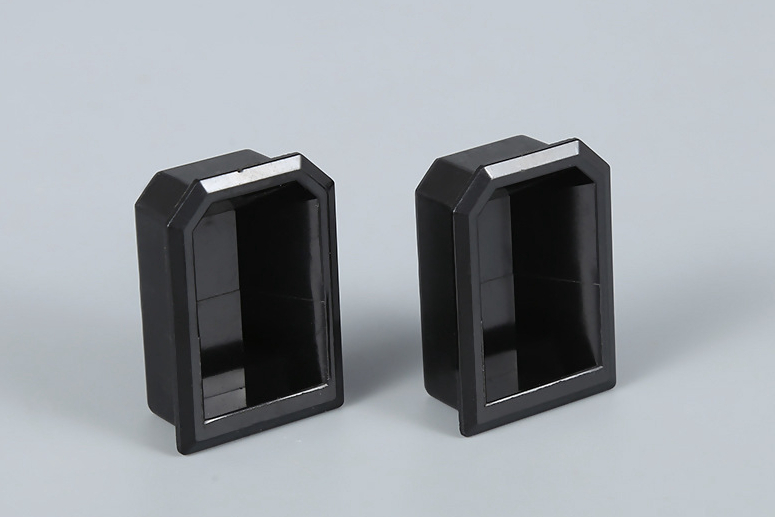
Consumer Goods: Items Requiring Durability and Aesthetic Appeal In the consumer goods sector, thermosetting plastics are valued for their durability and high-quality finishes. Products such as kitchen appliances, handles, and knobs are often made from thermosets to utilize their resistance to heat, chemicals, and wear. Additionally, thermosetting plastics can be finished with a high-quality surface that is visually appealing and tactilely pleasant, making them ideal for consumer products that balance performance and aesthetics.
Aerospace: High-Performance Components The aerospace industry benefits from using thermosetting plastics in applications demanding extreme performance, such as in components exposed to the harsh conditions of outer space. These plastics are used in making insulative coatings, structural components, and items like seats and interior panels that must endure the fluctuations and extremes of aerospace environments.
Medical: Safe and Sterile Applications Thermosetting plastics are used in the medical field for devices that require sterilization and chemical resistance. Items such as surgical instrument handles, orthopedic devices, and housing for medical equipment benefit from the thermoset's ability to withstand repeated sterilization processes without degrading.
Challenges and Considerations
The Irreversible Nature of Curing and Its Implications for Recycling and Reusability One of the significant challenges of thermosetting plastics is their inability to be remelted and reshaped once cured. This irreversible curing process complicates recycling efforts, as thermoset plastics cannot be melted down and reused like thermoplastics. Instead, recycling thermosets often involves grinding the material into a powder that can be used as a filler, which limits its reuse applications and poses environmental disposal issues.
Handling and Safety Considerations During the Manufacturing Process, thermosetting plastics require careful consideration due to the chemicals and heat involved in the curing process. Workers must be adequately protected from exposure to toxic fumes and high temperatures in molding equipment. Additionally, precise control of the manufacturing process is essential to prevent premature curing, which can lead to product defects and increased waste.
Cost Implications Compared to Other Materials Like Thermoplastics Thermosetting plastics typically involve higher initial costs for raw materials and processing than thermoplastics. The specialized equipment, energy requirements for curing, and additional safety measures contribute to these increased costs. Furthermore, the limited recyclability of thermosets can also lead to higher waste management costs, affecting the overall sustainability and cost-effectiveness of using these materials.
